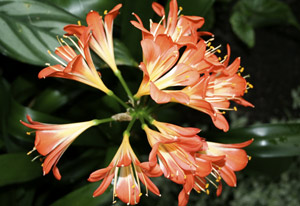Happy 89th, Finland

Hyvää Itsenäisyyspäivää to Finland and my Finnish readers!
On December 6, 1917, shortly after the Bolshevik Revolution in Russia, Finland declared its independence. On this date, 89 years later, Finns are celebrating their country’s Independence Day. If you are interested in learning a bit more about my birth country, please read my post of last year, plus this nicely updated history in Wikipedia.
On an unrelated note except for locale, have you listened to the Helsinki Complaints Choir? It makes me smile. I first saw this a few months ago and have noticed it’s been making the rounds of the blogosphere lately.
PS. The Choir is also viewable on YouTube, should you not have QuickTime on your machine. There’s a bit of background info, too.






